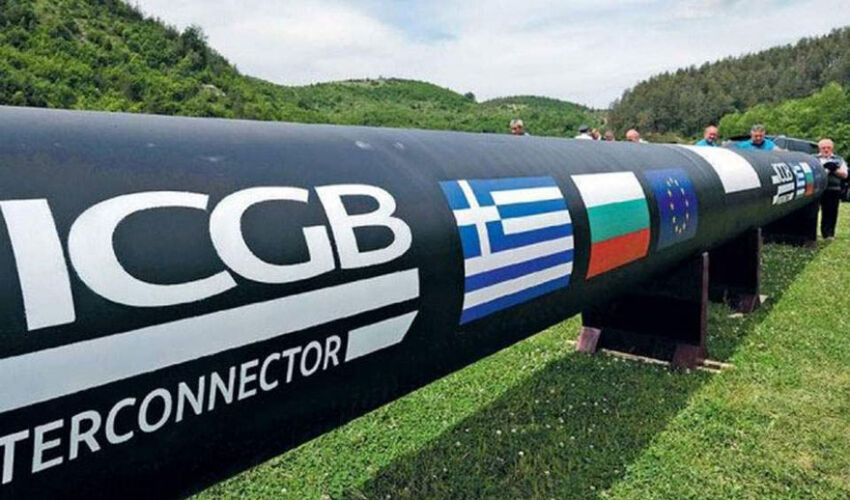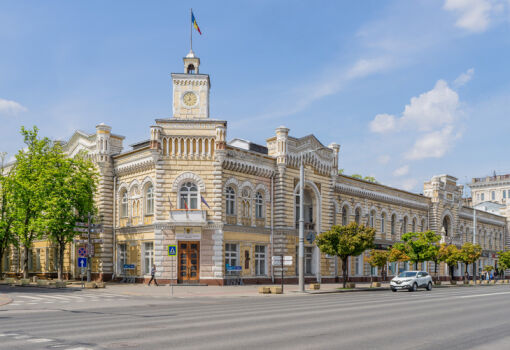
The Vertical Corridor is an alternative natural gas transportation route from Greece via Bulgaria and Romania to Moldova and Ukraine, which enjoys the active support of both the EU and the U.S. government. Its ultimate goal is to rapidly reduce dependence on Russian gas and strengthen the region’s energy security.
An important part of the Vertical Corridor is the Greece-Bulgaria-Romania axis, after which two branches complete the puzzle: the western branch (Romania, Hungary, Slovakia) and the eastern branch (Romania, Moldova, Ukraine). The initiative involves gas transportation operators from the seven participating countries, Gastrade (operator and manager of the FSRU Alexandroupolis LNG terminal) and the ICGB consortium managing the Greek-Bulgarian gas pipeline (IGB).
The existing gas infrastructure now allows the transportation of 10 billion cubic meters of gas from Greece to Ukraine (eastern branch) and Hungary (western branch). Over time, the Vertical Corridor is expected to move 20-25 bcm of gas per year from south to north.
However, for the time being, the corridor has lost its relevance due to Romania and Moldova, namely because of the tariffs requested by these two countries, which increase transit costs, making the project uncompetitive.
In the meantime, the issue of increasing the capacity of the Greece-Bulgaria interconnector pipeline from 3 bcm to 5 bcm is up for discussion.
ICGB is looking for investors to expand the pipeline as Bulgaria has expressed its intention to increase its natural gas imports from Greece by 50% starting from January 2026.













